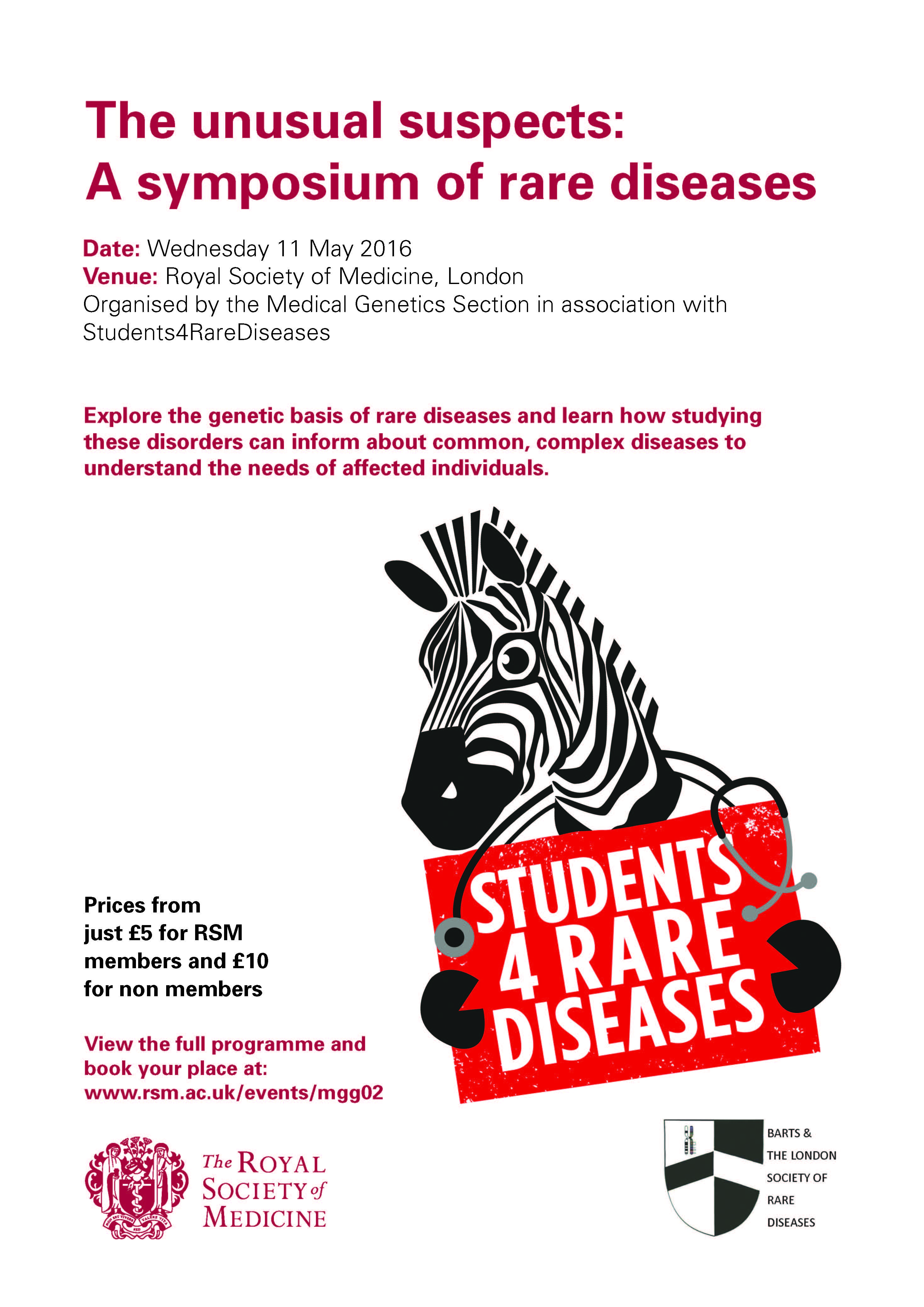All posts by Katarzyna
UK-Pavia Connective Tissues Meeting
29th July free public debate on Genome Data Privacy
A great review on aggrecanopathies by Newcastle researchers
Lion’s cartilage!
Cartilage growth plate in an adolescent lion at the Animals Inside Out exhibition at Centre for Life in Newcastle
IGM Open Day for A-level students 13th july 2016
Institute of Genetic Medicine in Newcastle are hosting their popular Ooen Day for A-level students on the 13th of July 2016.
To book a place, please contact: IGMEngagement@ncl.ac.uk
RUBICON meeting in Athens 14-15th June 2016
First group meeting with the training fellows. Exciting exchange projects are commencing this year! For details please visit: http://rubicon-network.org/













